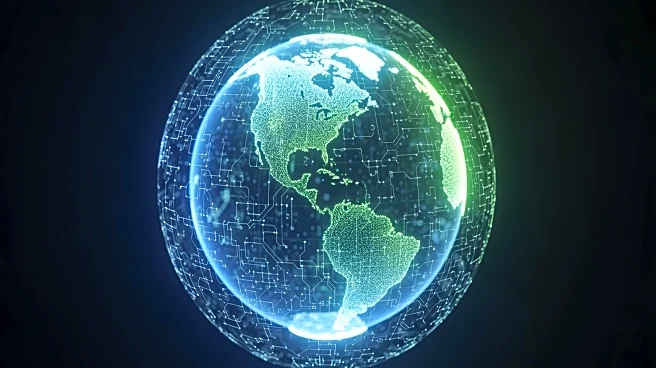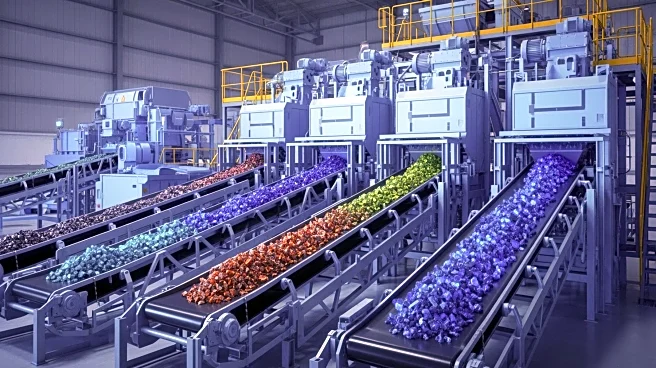What's Happening?
Phoenix Tailings has inaugurated the first domestic rare earth metallisation facility in the United States, marking a significant step in reducing reliance on Chinese inputs, equipment, and technology.
The facility, located in Exeter, is set to initially produce 200 tons of both light and heavy rare earth metals annually, with plans to scale production to over 1,000 tons per year. This development aims to support the U.S. defense industrial base and enhance economic resilience amid growing challenges in the rare earth sector. The facility will produce key metals such as neodymium-praseodymium and dysprosium-iron alloy, with future expansions to include other critical metals.
Why It's Important?
The opening of this facility is crucial for the United States as it seeks to establish a more autonomous and secure supply chain for rare earth elements, which are vital for various industries including defense, automotive, and medical devices. Historically, China has dominated the global supply chain for these materials, posing a strategic risk to U.S. autonomy. By developing domestic capabilities, Phoenix Tailings is contributing to national security and economic stability. This move is expected to benefit U.S. industries by providing a reliable source of rare earth metals, reducing dependency on foreign suppliers, and potentially lowering costs associated with supply chain disruptions.
What's Next?
Phoenix Tailings plans to continue expanding its operations and collaborate with industry partners, government agencies, and the private sector to build a comprehensive American rare earth supply chain. The company aims to serve the full value chain from tailings to metal, ensuring a steady supply of rare earth elements to the U.S. and its allies. As the facility ramps up production, it is likely to attract further investment and interest from sectors reliant on these critical materials, potentially leading to more domestic facilities and innovations in rare earth processing.
Beyond the Headlines
The establishment of this facility also highlights the broader geopolitical implications of rare earth supply chains. As countries seek to secure their own resources, the global landscape for rare earths may shift, leading to new alliances and trade dynamics. Additionally, the focus on sustainable and independent production methods could drive advancements in environmental practices within the industry, setting new standards for rare earth extraction and processing.











